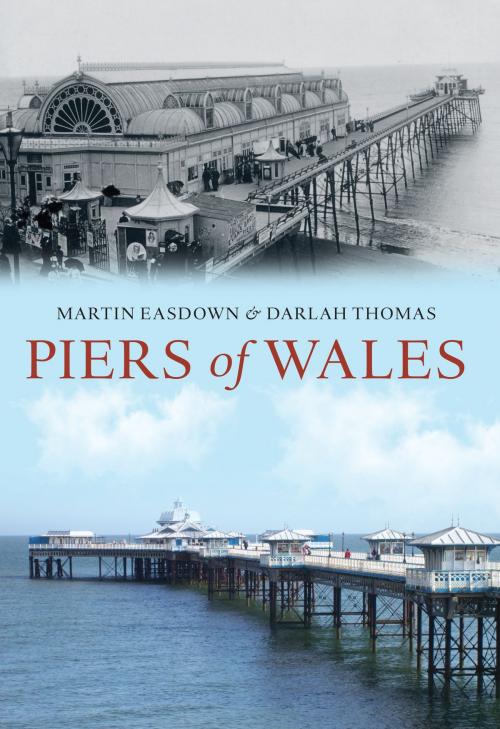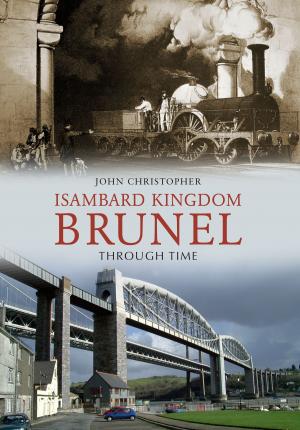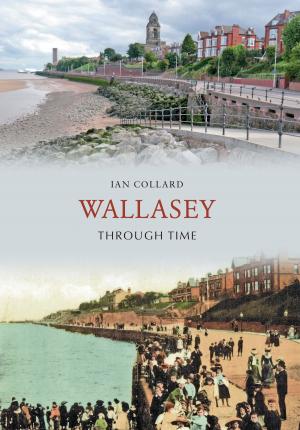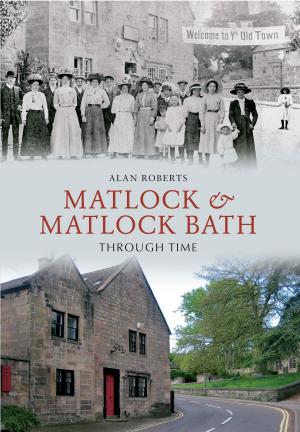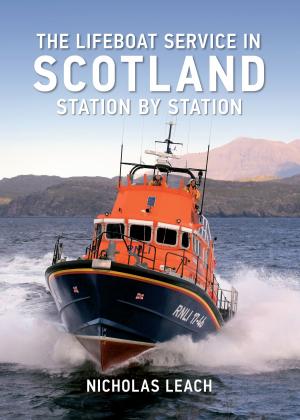| Author: | Martin Easdown, Darlah Thomas | ISBN: | 9781445623856 |
| Publisher: | Amberley Publishing | Publication: | July 15, 2010 |
| Imprint: | Amberley Publishing | Language: | English |
| Author: | Martin Easdown, Darlah Thomas |
| ISBN: | 9781445623856 |
| Publisher: | Amberley Publishing |
| Publication: | July 15, 2010 |
| Imprint: | Amberley Publishing |
| Language: | English |
Wales is known for its green hills and valleys, narrow gauge steam railways and medieval castles, but not, it appears, for its pleasure piers. This is a shame, as the country has some of the finest surviving piers in England and Wales, with three particularly fine examples. Llandudno, 'Queen of the Welsh Resorts', has an elegant pier to match that title. The pier is Grade II listed and has retained much of its Victorian ambience. It is often used for film and television work requiring a Victorian pier setting. It is without doubt one of the finest surviving piers in the United Kingdom. The pier at Bangor is equally impressive. Stretching into the Menai Straits, the pier looks almost exactly as it did when built in 1896. As an example of a Victorian promenade pier, Bangor is second to none. Penarth is another fine Welsh pier: a neat structure with good ironwork and an attractive Art Deco pavilion. Alone amongst the Welsh piers, it remains in use as a landing stage. Aberystwyth was the first Welsh resort to erect a purpose-built promenade and pleasure pier. Six pleasure piers remain in Wales, of which Llandudno, Bangor and Penarth are indeed the jewels in the crown. Of the others, Aberystwyth is now little more than a pavilion over the sea. Mumbles is a fine pier, retaining much of its attractive ironwork, but sadly large sections of the pier head remain closed off to the public, awaiting restoration. The outlook for Colwyn Bay is uncertain: the pier remains closed as battles rage between its private owner and the council over its future. The piers of Wales were at the forefront of the country's coastal leisure development and continue to give the opportunity for the enjoyment of a walk over the waves - long may that be so.
Wales is known for its green hills and valleys, narrow gauge steam railways and medieval castles, but not, it appears, for its pleasure piers. This is a shame, as the country has some of the finest surviving piers in England and Wales, with three particularly fine examples. Llandudno, 'Queen of the Welsh Resorts', has an elegant pier to match that title. The pier is Grade II listed and has retained much of its Victorian ambience. It is often used for film and television work requiring a Victorian pier setting. It is without doubt one of the finest surviving piers in the United Kingdom. The pier at Bangor is equally impressive. Stretching into the Menai Straits, the pier looks almost exactly as it did when built in 1896. As an example of a Victorian promenade pier, Bangor is second to none. Penarth is another fine Welsh pier: a neat structure with good ironwork and an attractive Art Deco pavilion. Alone amongst the Welsh piers, it remains in use as a landing stage. Aberystwyth was the first Welsh resort to erect a purpose-built promenade and pleasure pier. Six pleasure piers remain in Wales, of which Llandudno, Bangor and Penarth are indeed the jewels in the crown. Of the others, Aberystwyth is now little more than a pavilion over the sea. Mumbles is a fine pier, retaining much of its attractive ironwork, but sadly large sections of the pier head remain closed off to the public, awaiting restoration. The outlook for Colwyn Bay is uncertain: the pier remains closed as battles rage between its private owner and the council over its future. The piers of Wales were at the forefront of the country's coastal leisure development and continue to give the opportunity for the enjoyment of a walk over the waves - long may that be so.
